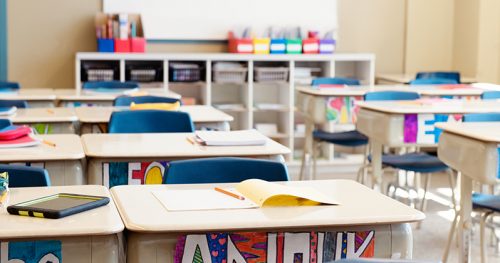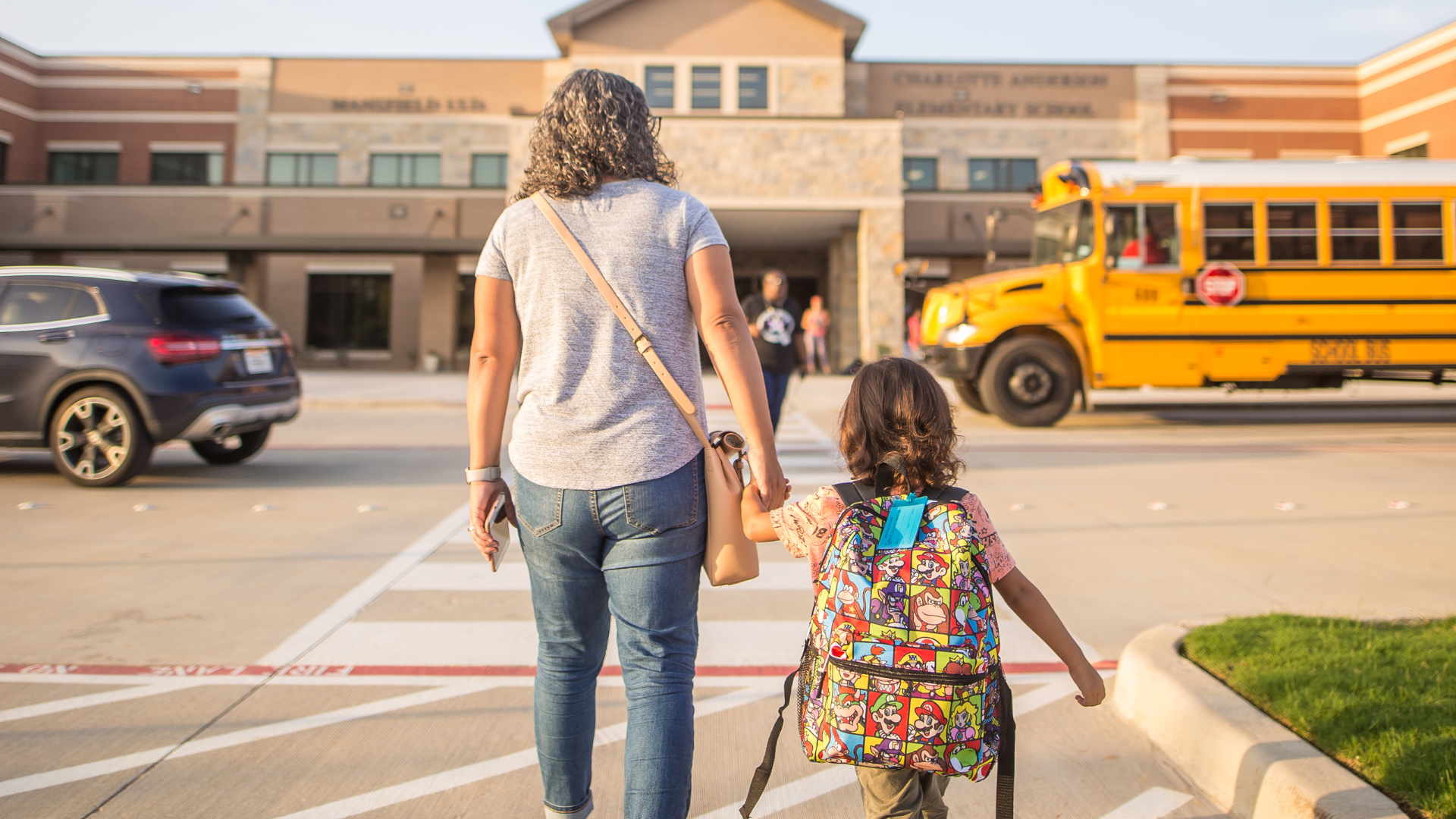Zip Code=Destiny? Not with Open Enrollment.
Imagine if you will, a world where the price of the houses in a neighborhood determines the quality of the education the children in that neighborhood receive. Sound familiar? It should. Unfortunately, this is the real world of education in much of South Carolina. Zip code equals destiny. Zip code school assignments can be a barrier to accessing quality, but sometimes the desire for other public choices isn’t a question of quality, but fit. Another public school in a public school district may simply be a better match for a child. But due to strict attendance zones, the better match may not be a viable (or legal) option.
Why should a student’s zip code decide where they must receive their education?
It shouldn’t.
The ability to choose their public school is a freedom that all families should enjoy. High school students have post-secondary options—from technical college to university to work—shouldn’t students of all ages be able to have the same?
H.3843, a bill introduced in the 2023 legislation session, would have taken a major step toward public school choice. It would have extended the opportunity to children to apply for admittance to a school or program outside the student’s attendance zone. This is known as “open enrollment.” Within open enrollment, “intradistrict choice” is the ability to choose any public school within the district or outside of the district. “Interdistrict choice” is the ability to choose any school within a school district.
There are numerous reasons for every public school district to adopt an interdistrict or intradistrict open enrollment policy, including but not limited to:
- Parents may work as teachers at schools outside their zoned district, meaning they must drop their child off at a different school than where they teach.
- In some instances, a school across a county line may be closer to a family than where they are actually zoned,
- A particular school may offer services more tailored to a student’s individual needs than the one dictated by zip code.
Currently, the first two situations are often solved with lengthy paperwork. But the last one is an even larger hurdle. There are a multitude of reasons why a family might wish to exercise choice within (or outside) their public school district. Every family should have that opportunity.
After passing the House on a 91-25 vote, H.3843 was referred to the Senate and died in the Senate’s Education committee during the 2023-24 session. This bill deserves another chance in the 2025-26 session.
Legislators must consider multiple factors when voting on open enrollment legislation; address sharing, income, and the impact on athletics are just a few.
Address Sharing
There are scores of horror stories of parents attempting to exercise public school choice. In one instance, a divorced mother, Kelley Williams-Bolar, enrolled her child in a school using her ex-husband’s legitimate address, a house that her child spends half of her time living in. Kelley spent nine days in jail after authorities charged her with a felony for enrolling her daughter “illegally” in a public school. In another district, officials make unannounced visits to school families’ homes to investigate residency and verify enrollment.
Currently, 24 states and the District of Columbia have laws that criminally prosecute families for using the address of another house to enroll a student; South Carolina is one of them. Yes, fraud should be prosecuted. But parents should not be forced to break the law to secure enrollment in a public school that better fits their child’s needs than the one for which they are zoned.
Income
The lack of an open enrollment system is essentially address discrimination, and we know who takes the brunt of this discrimination: low-income families. Open enrollment, however, allows children from all economic backgrounds to be offered the same education choices.
A limited number of resources and opportunities are available at schools located in neighborhoods typically known for being low-income. But states that offer open enrollment are reducing this socioeconomic segregation.
Impact on Athletics
Some legislators are concerned that open enrollment could negatively affect high school athletics, allowing schools to “recruit” athletes outside their attendance zones. These concerns can be overcome with consistent policies and should not outweigh the priority for low-income families to have the same choices as wealthier citizens. In other states, such as Arizona, where open enrollment is widespread, a third-party system is in place to validate student athletic eligibility. If transferring to a new school, student-athletes are required to sit out for half of the season. Although frustrating for the student, policies such as these prevent athletic recruitment from being the primary reason a student would transfer to a different public school. The South Carolina High School League, an independent organization that governs prep athletics in the state, has developed similar policies. These policies are evolving.
What’s next?
- In South Carolina, 73.6% of students attend traditional public schools.
- To navigate school choice and explore the types of education South Carolina has to offer, scroll through this website.
- Consider supporting our efforts to educate citizens about open enrollment. Open enrollment is a good next step in opening up South Carolina’s education system to more choices for all families no matter what their zip code or attendance area. It will empower families and allow students to receive not only the education they deserve, but an education that fits their individual needs.







